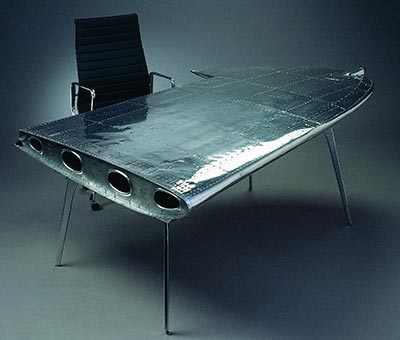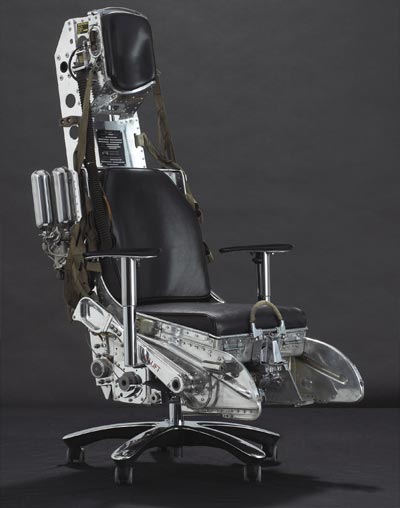About the DC-3 Plane
As Douglas introduced in 1933 its novel concept of the DC series ( a single DC-1, followed by a series production of the DC-2 in 1934) , the company had a ground breaking design in hands that would soon conquer the world.
The DC-2 was the twin engine all metal aircraft with state of the art features as retractable landing gear and variable pitch propellers in a streamlined and smooth design, as the world had not seen before.


